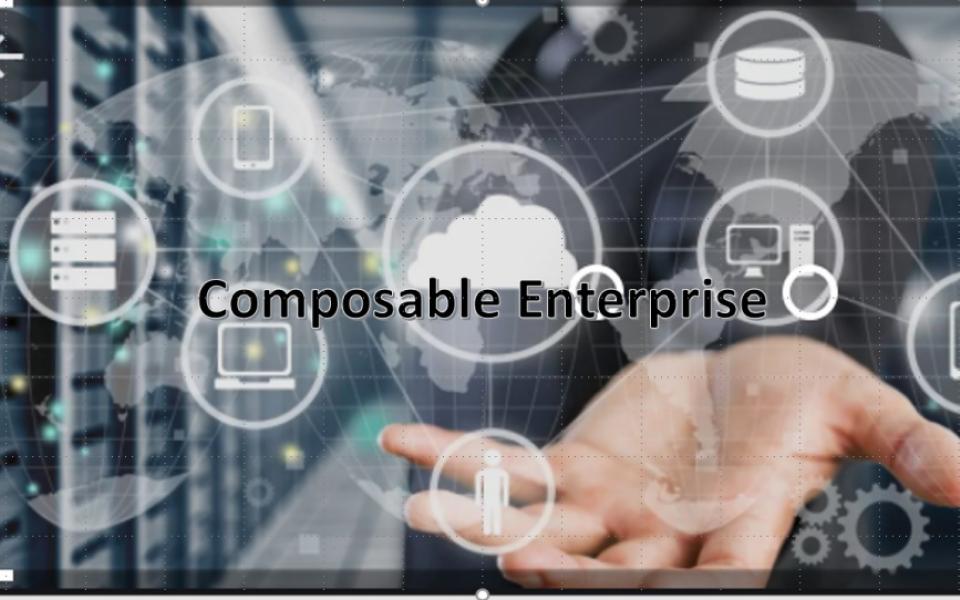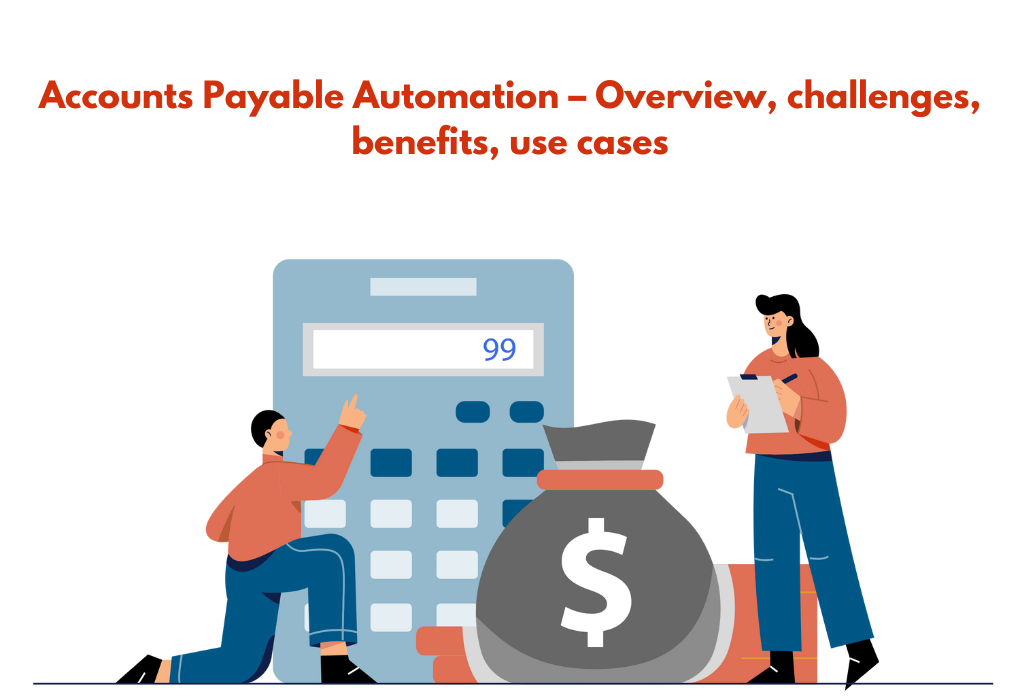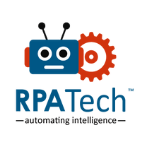Charles Darwin said, “It is not the strongest of the species that survives, nor the most intelligent, but the one most responsive to change”. In the context of today’s businesses, those that can adapt faster to market change will thrive, while those that cannot face a shrinking market share and eventually cease to exist.
Market transitions are occurring at a faster rate than ever before, and customers' expectations are at an all-time high, requiring contextualized and personalized experiences. Businesses need agility to respond to these changes more quickly, which is where Composable Enterprise comes in. Gartner coined the term "Composable Enterprise." Gartner defines Composable Enterprise in its article "Future Applications: Delivering the Composable Enterprise" as "A composable enterprise is an organization that delivers business outcomes and adapts to the pace of business change. It does this through the assembly and combination of packaged business capabilities (PBCs). PBCs are application building blocks that have been purchased or developed"
Today, innovation is happening at a rapid pace, and the changing needs of consumers and businesses because of this innovation are changing, so companies can no longer buy products because by the time you buy the product, install it, and deploy it, it has become obsolete. Furthermore, companies would no longer subscribe to the services because they would be constrained by the vendors' rate of innovation. What Enterprises require is a flexible and quick way to build enterprise applications using a mash-up of APIs, or a more sophisticated term "Packaged Business Capabilities," to adapt to market shifts.
Evolution of Composable Enterprise
Let us understand the evolution of composable enterprise with an example. In the early 1900s, if you had a car manufacturing facility and were building a car, all aspects of the supply chain were manufactured by the same company, with no ecosystem. In a modern car manufacturing facility, we have many companies that feed into the supply chain; each component of the car, such as the engine, battery, radiator, brakes, and so on, is manufactured by a different company. As markets expand, the unit for which you can build a viable business shrink. Initially, you constructed an entire car; later, you constructed a single component.
Computers, like automobiles, have undergone a transformational change over the years. From the 1960s to the 1970s, IBM developed the mainframe and all its components, including hardware, software, and applications. We saw disaggregation in the 1970s and 1980s; one company would build PCs like Dell and IBM, and the other company would build software like Microsoft. We saw further disaggregation in the 1980s and 1990s. Among other things, we had separate companies for silicon
chipsets, operating systems, databases, and enterprise resource planning systems. Today, we are witnessing the next stage of development, in which the application is decomposed into a set of APIs. We are seeing applications disaggregate to independent components and form viable companies in the same way that bundled software disaggregated to independent applications and formed viable companies.
APIs or independent companies now provide the independent functions of any online application or mobile application. For example, the location function in Uber's taxi booking mobile application is provided by Google Map API, while the calling and messaging functions are provided by Twilio, Vonage, or another CPaaS provider.
APIs at the heart of Composable Enterprise
Jeff Bezos issued an API mandate in 2002. It established a new direction at Amazon, requiring all its capabilities to be designed and exposed as APIs. After nearly 20 years of the API mandate, Amazon has grown to become one of the world's largest providers of cloud hosting services. The API mandate shaped much of today's thinking about APIs and microservices.
APIs are not a new concept in the world of software. The systems have begun to communicate with one another via procedural calls. With the introduction of the Internet, the Web 1.0 era was characterized by XML-based data interchange and a predominance of the SOAP protocol. As we all know, SOAP was a heavy protocol, and as the industry evolved into Web 2.0, JSON became the de-facto language for systems to communicate with one another using REST as the standard protocol. While REST continues to reign supreme in the API world, the industry witnessed a shift in software deployment model from premise to Software as a Service (SaaS), with APIs becoming the driving force behind the entire SaaS story.
The future of software is composed solutions. The industry has shifted away from monolithic application development and toward microservice-based architecture. Take, for example, any e-commerce shopping application. The app's product page displays a wealth of information such as the number of items in the shopping cart, order history, customer reviews, shipping options, and other products purchased by customers who purchased this product. This data displayed on the product details page is owned by multiple microservices when using the microservices architecture. The application would retrieve all this information by making a single API call through API Gateway, which serves as a single point of entry into the system.
Rise of Citizen Developers
Citizen developers are business users who have little to no coding experience and create applications using IT-approved technology. Organizations are recognizing the importance of citizen development. Every company today is a software company that requires more applications to drive innovation, improve operational efficiency, and generate revenue. According to IDC, more than 500 million apps will be developed by 2023. However, due to expensive professional IT resources, IT cannot meet this demand on its own. Citizen developers can help meet the demand for building applications at a lower
cost than traditional professional IT developers. Citizen developers can create these apps using tools such as low-code and no-code development platforms.
According to a Forbes magazine report published in April 2021, during the 2020 COVID quarantine, some US federal workers used no-code and low-code tools to build mission-critical applications. The article cites the U.S. Department of State (DoS), which has been using ServiceNow's low-code App Engine to quickly provide critical services to diplomats all over the world. These apps would have taken months to build with traditional technologies, but with no-code and low-code platforms, citizen developers built them in weeks.
Role of Collaboration in Composable Enterprise
Unified Communications and Collaboration are essential components of any enterprise today, and Composable Enterprise is no exception. Communications Enabled Business Processes (CEBP) will bring agility to business processes and workflows in the Composable Enterprise world, allowing an organization to adapt to changing needs.
CEBP improves business processes by lowering human latency within a process flow. Consider any organization's claims processing application; the organization's goal is to reduce claim close times and improve their closure rate. However, there are several inefficiencies in this process, such as the paperwork process, which can be time-consuming; time-sensitive dependencies on member signatures exist, resulting in significant delays in the approval process.
A CEBP solution would be to automate and enable communications in the claims process with embedded UC services like reminders, alerts, and notifications. If the person in the claims system does not approve within a certain time frame, the business process will invoke a UC service such as notify and respond. These embedded UC services would "notify" the person that something needed to be done. If the person doesn’t respond to the notification, then it can escalate to a manager in the same manner
APIs enable the integration of communication capabilities such as calls, messaging, meetings, and SMS into business applications as well as the operation of a business application within a communication platform. An article published here describes how Slack, the messaging platform giant, has aided HSBC in speeding up software development and incident management.
The HSBC incident management application was a manual process that relied on email, making it difficult for service desks and end users to track progress and resolve issues. The HSBC staff can fully operate incident management without leaving their slack window thanks to the integration of incident management application into the slack platform. Raise new incidents, stay current, and everything that occurs from alert to resolution is automatically documented and saved in the incident management app for easy retrospection. One HSBC team saw an 80 percent reduction in duplicate incidents because of this.
Conclusion
Composable Enterprise is the future, and it is not far away, but rather right here.



































